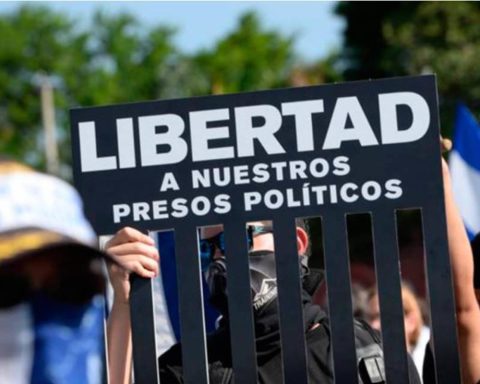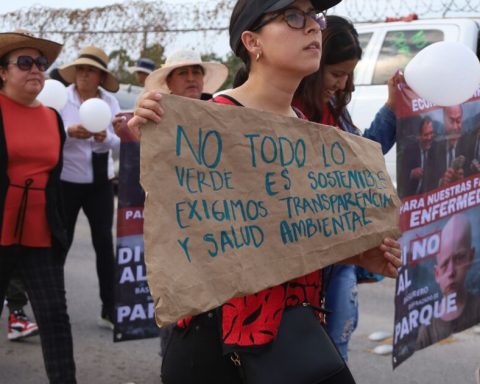International oil prices played in favor so that 2023 began with a drop in the prices of gasoline and diesel In uruguay. The PPI “is a system that works. (…) The changes that we have incorporated in the fuel market show us a transparent system”, said the Minister of Economy and Finance, Azucena Arbeleche, at the end of December.
Now, in just over two weeks, the Executive Branch must decide what will happen to the rates in February. The first half of January showed a rebound in benchmark values on the US Gulf of Mexico coast, with increases in both gasoline and diesel.
Within 15 days of the new measurement window -until January 9-, the average value for the simile of Uruguayan naphtha $3.35 per liter became more expensive, and went from $21,663 to $25,011 (15.4%) compared to the previous monthly average, according to data from the Energy Information Administration (EIA) processed by The Observer.
For Super 95 gasoline, the most consumed in the country, Ursea takes the average international price of two types of gasoline: CBOB Regular 87 and CBOB Premium 93.
While, for diesel the closest possible update to what the PPI would indicate shows that the average price per liter rose $3.5, from $29,917 to $33,421 (11.7%) in the monthly comparison. This fuel has as reference the price of Ultra Low Sulfur Diesel (ULSD 62).
These data are only an approximation of what has happened so far in the international market, and take into account two central variables: the daily dynamics of prices in dollars in the US and the value of the exchange rate at the local level. The official numbers will be known after January 25, when the measurement period is complete, and the Regulatory Unit for Energy and Water Services (Ursea) publishes its PPI report.
After the January adjustment, local prices were aligned with the PPI. Today, Ancap’s net income per liter of Super gasoline is $28.73, while in the case of diesel 50-S it is $34.62, according to data from the entity.
Market projections for 2023
This week the EIA released a new short-term market report. The projections suggest that the price of brent oil it will average $83 a barrel in 2023, 18% less than in 2022. Uncertainty about Russia’s oil supply remains, however, particularly earlier this year.
Another Goldman Sachs report estimated strong price increases for the third quarter of the year, due to the reopening of China’s economy after his “covid 0” policy. This assumes the recovery of travel by plane, train and automobile with growth in demand for oil.
However, there is also the possibility of a scenario where a stronger than expected global recession this year pushes prices lower.
















